Consulting phone:
135-3037-2041
(Mr.Wang)
Product Introduction:
The lithium-ion supercapacitor module is a hybrid electrochemical energy storage device that combines the embedding mechanism of the lithium-ion battery anode and the double-layer mechanism of the double layer capacitor (EDLC) cathode. The combination of negative electrode type LTO electrode and positive electrode capacitor type activated carbon (AC) results in an energy density of approximately. 20Wh/kg, approximately 4-5 times that of a standard double layer capacitor (EDLC). However, power density has been proven to match EDLC as it can fully discharge within a few seconds. On the negative electrode (anode) of activated carbon, charges are stored in a double layer formed at the interface between the electrode and electrolyte. Like EDLC, the voltage of LIC varies linearly, which increases the complexity of integrating them into systems with power electronic devices that expect more stable battery voltage. Therefore, LICs have a high energy density, which varies with the square of the voltage. The capacitance of the anode is several orders of magnitude larger than that of the cathode. Therefore, the change in anode potential during the charging and discharging process is much smaller than the change in cathode potential.
Product specifications:
Normal temperature load lifeProject | characteristics |
| Rated voltage | 10V or customized |
| stored energy | 250F of or customized |
| operation temperature | -40℃-65℃ |
| tolerance | 0+20% |
| size | 55*42mm |
| weight | 0.07KG |
| Temperature | Capacity change from -40 ℃ to 65 ℃: △ c ∠ 30% of initial measured value @ 25 ℃ Internal resistance change: △ ESR ∠ 100% of nominal value |
| High temperature load life | Under 25 ℃ and rated voltage, load capacity change for 1000h: △ c ∠ 30% of initial measured value @ 25 ℃ Internal resistance change: △ ESR ∠ 200% of nominal value |
| Normal temperature cycle life | Capacity change after 500000 charge and discharge cycles at 25 ℃ (from rated voltage to 1/2 of rated voltage): △ c ∠ 30% of initial measured value @ 25 ℃ Internal resistance change: △ ESR ∠ 200% of nominal value |
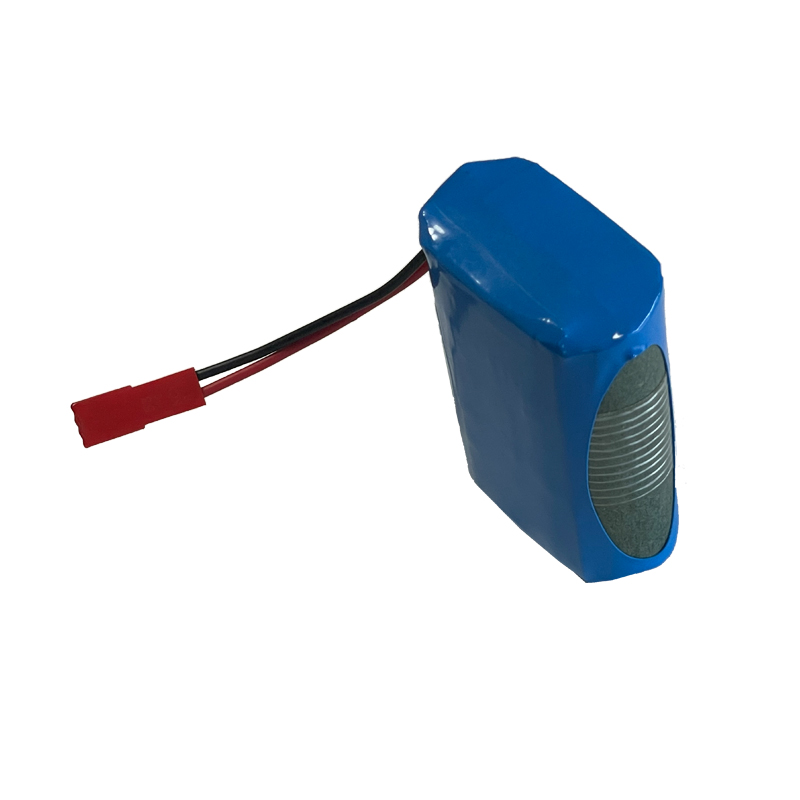

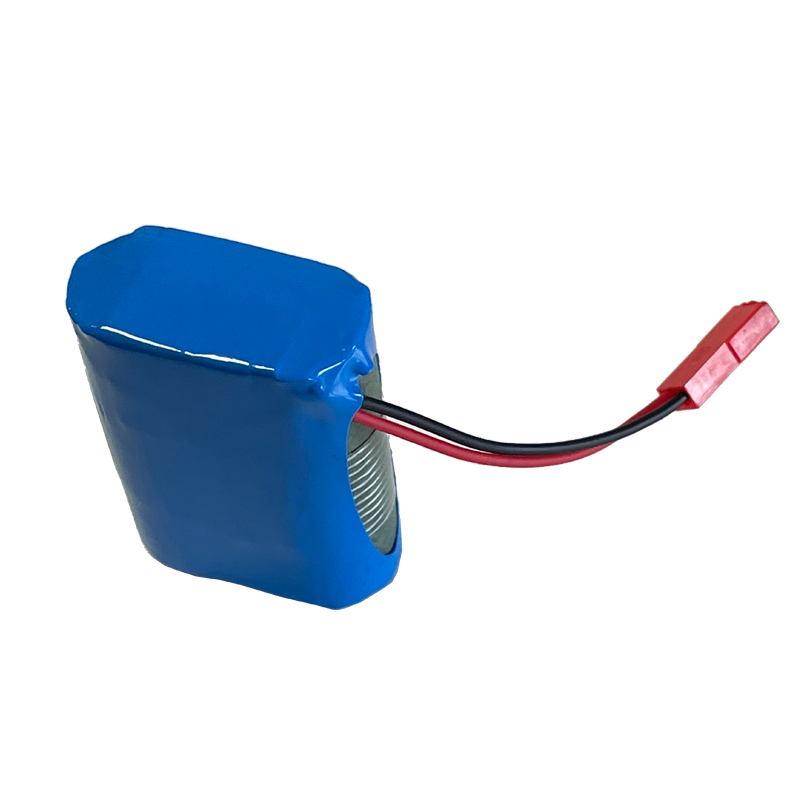
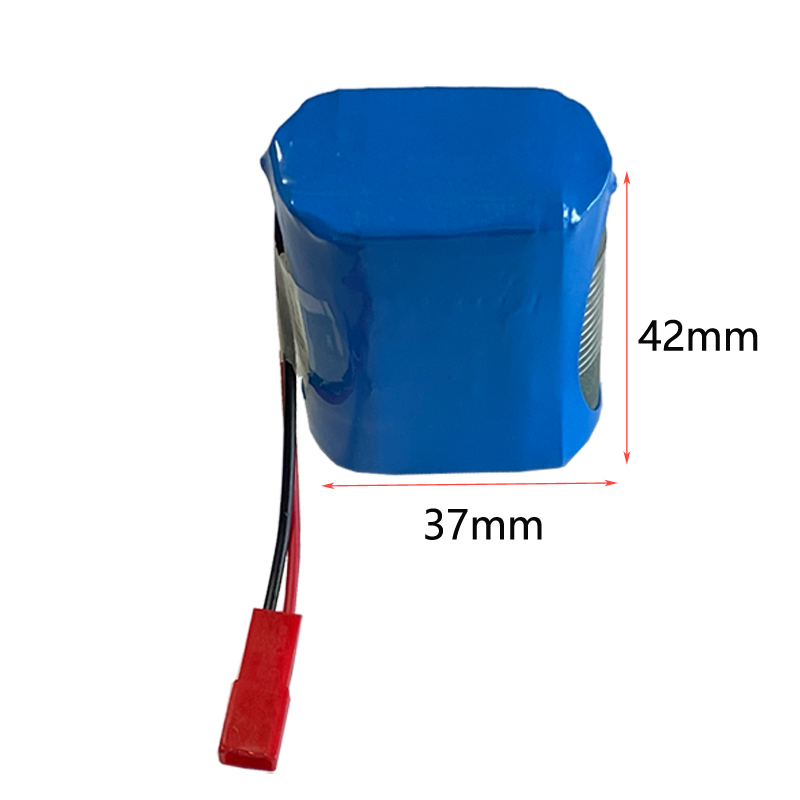
Advantages of lithium-ion supercapacitor modules:
1. Super large capacitors, much larger than ordinary capacitors.
2. High power density. Without damaging the battery, the amount of electricity released instantly is nearly ten times that of a regular battery.
3. Long cycle life. The charging and discharging cycle life exceeds 30000 to 50000 times, which is one of the major advantages. Traditional batteries can only be charged and discharged hundreds of times.
4. Excellent low-temperature charging and discharging performance. Compared to traditional lithium-ion batteries that significantly decrease at low temperatures, hybrid supercapacitor modules can function normally in ambient temperatures of -40 to 60 degrees Celsius.
5. Minor leakage. It has strong charge retention ability and very low leakage, while traditional batteries require frequent charging to maintain their state.
6. Ultra fast charging. The charging speed is dozens of times faster than a regular battery, and it can fully charge a car in just a few minutes.
7. Environmentally friendly and maintenance free. It itself does not cause pollution to the environment and is truly maintenance free, while traditional batteries still pollute the world we live in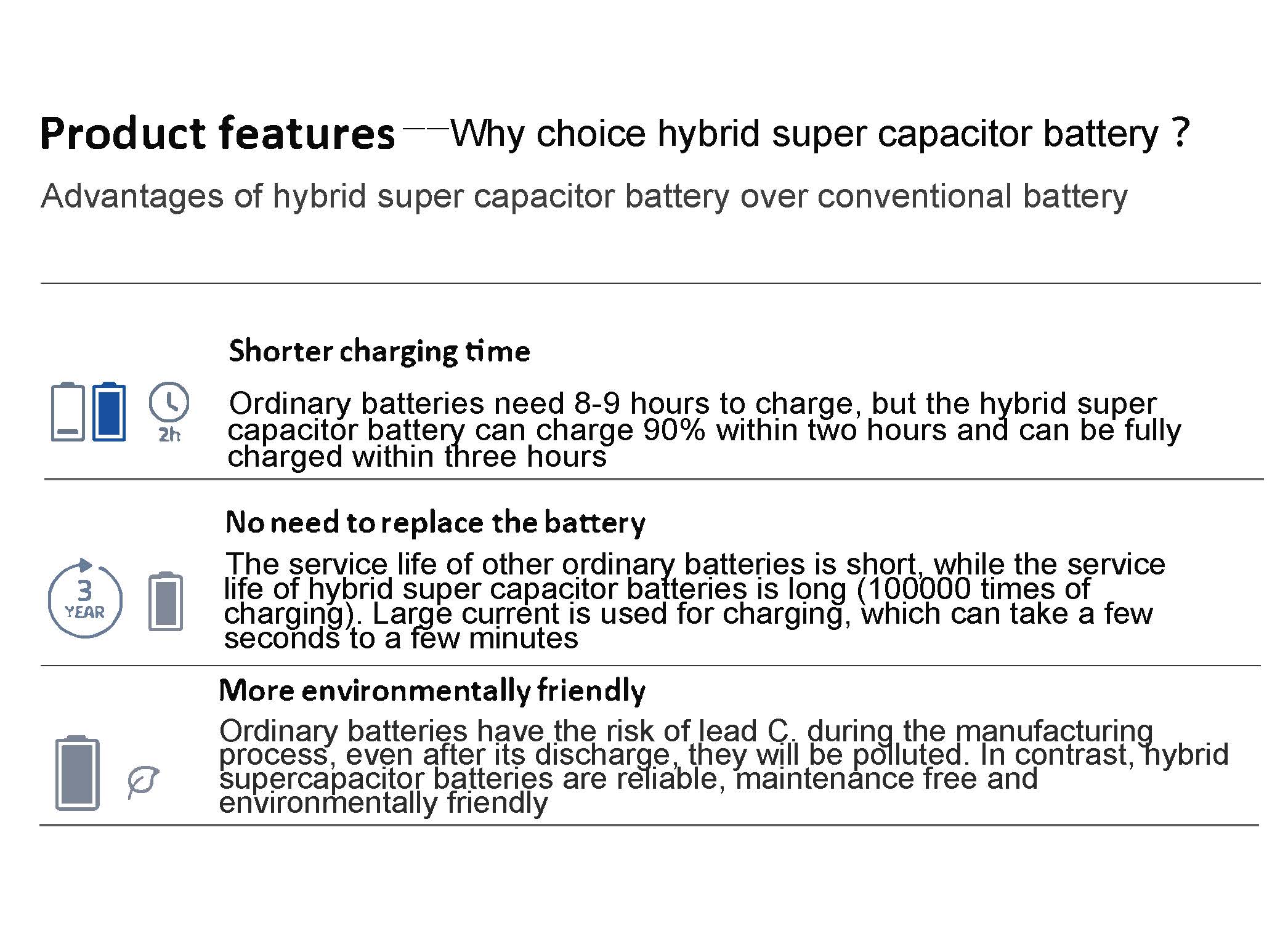
Application field:
Intelligent electricity meters, water meters, flow meters, and other instruments and meters
● Backup power supply: RAM, detonator, car recorder, intelligent instrument, vacuum switch, digital camera, motor driven EVD, computer, car navigator, digital camera
● Energy storage: smart meters, UPS, security equipment, communication equipment, flashlights, water meters, gas meters, taillights, small appliances, electric toys, cordless telephones, televisions, rice cookers
● High current operation: electrified railways, smart grid control, hybrid vehicles, wireless transmission
● High power support: wind power generation, locomotive starting, ignition, electric vehicle LED flashing lights, solar power generation, etc
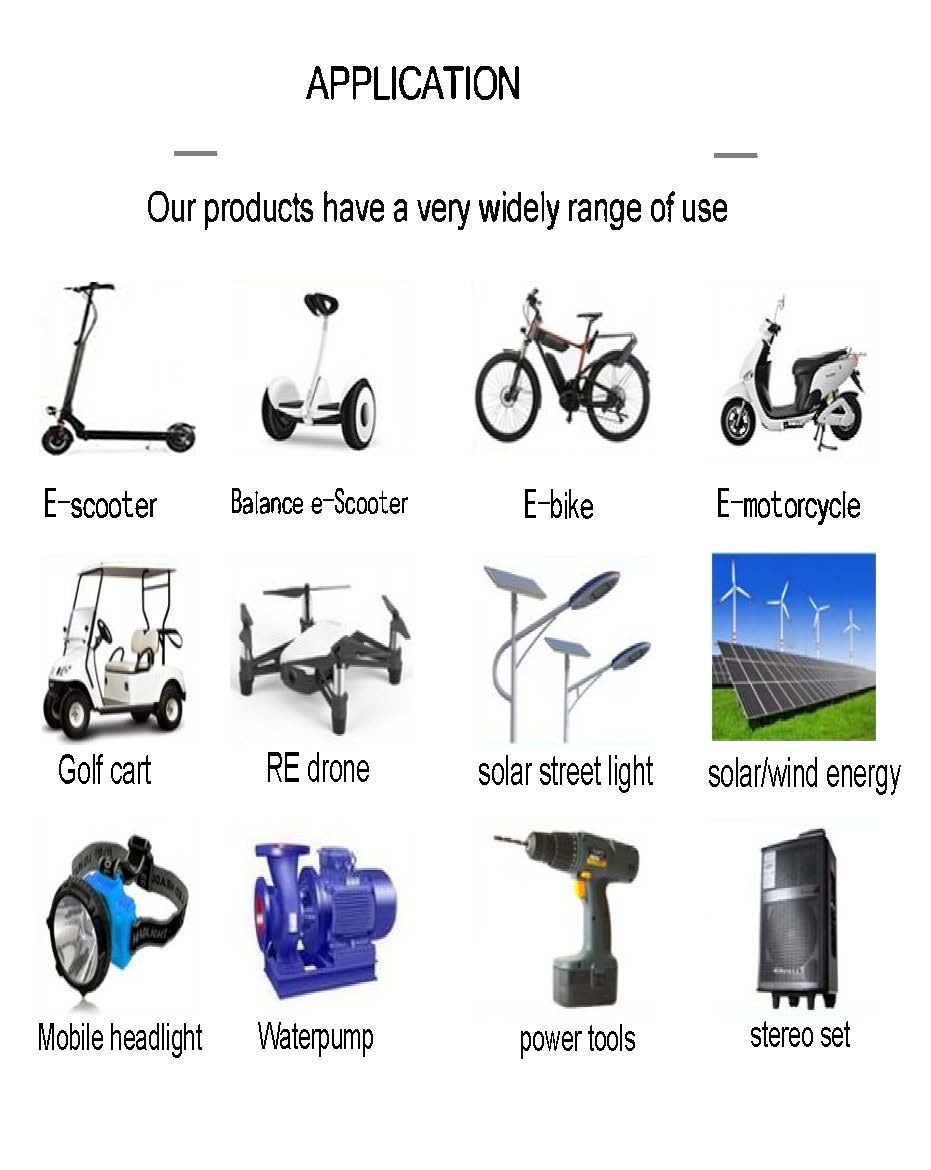
Testing method:
1. Electrostatic capacity testing method
(1) Testing Principles
The testing of electrostatic capacity of supercapacitors is carried out by using the method of constant current discharge of capacitors and calculating them according to a logical formula. C=It (U1-U2), where: C - electrostatic capacity, F; I - Constant discharge current, A; U1, U2- using voltage, V; Discharge time required from t-U1 to U2, S
(2) Test program
Charge the capacitor with a current of 100A until it reaches the working voltage and remains constant for 10 seconds. Then, discharge the capacitor with a current of 100A, taking U1 as 1.2V and U2 as 1.0V. Record the discharge time within this voltage range, the total electrostatic capacity of the cycles, and take the average
2. Energy storage
(1) Testing
The testing of supercapacitor energy is carried out by discharging the capacitor at a constant power to 1/2 of the working voltage within the voltage range given by the capacitor. The output energy W of a capacitor is obtained from the relationship between a constant discharge power P and a discharge time T, that is, W=P T
(2) Testing process
Charge the capacitor to the working voltage with a constant current of 100A, then keep it constant until the charging current drops to the specified current (traction type 10A, starting type 1A). After standing still for 5 seconds, discharge the capacitor to 1/2 of the working voltage with a constant power, record the discharge time, and calculate the value. Cycle 3 measurements and take the average value
3. Equivalent series resistance test (DC)
(1) Testing Principles
The internal resistance of a capacitor is measured based on the sudden change in voltage within 10 milliseconds after the capacitor is disconnected from the constant current charging circuit. In the formula, R - the internal resistance of the capacitor; U0- The voltage before the capacitor is cut off for charging; Ui - Cut off the voltage within 10 milliseconds after charging; I - Cut off the current before charging.
(2) Measurement process
Charge the capacitor with a constant current of 100A, disconnect the charging circuit at 80% of the working voltage, use a sampling machine to record the voltage change within 10 milliseconds after the capacitor is powered off, and calculate the internal resistance. Repeat three times and take the average value.
4. Leakage current test
Charge the capacitor at a constant current of 100A to the rated voltage, charge it at this voltage for 30 minutes, and then open the circuit and let it stand for 72 hours. Record the voltage value every minute for the first three hours, and every ten minutes for the remaining time.
Calculate the self discharge energy loss, SDLF=1- (V/VW) 2, and the calculation time points are: 0.5,1,8,24,36,72 hours
Note: The voltage tester must have a high input impedance to minimize the sound of the discharge.
Usage instructions:
Supercapacitors cannot be used in the following states:
1) Temperature exceeding nominal temperature
When the temperature of the capacitor exceeds the nominal temperature, it will cause the electrolyte to decompose, and at the same time, the capacitor will heat up, resulting in a decrease in capacity,
And with an increase in internal resistance, the lifespan is shortened.
2) Voltage exceeding rated voltage
When the voltage of the capacitor exceeds the nominal voltage, it will cause the electrolyte to decompose, and at the same time, the capacitor will heat up, resulting in a decrease in capacity,
And with an increase in internal resistance, the lifespan is shortened. So reducing the operating voltage can improve the service life.
3) Loading of reverse voltage or alternating voltage
1. The influence of ambient temperature on supercapacitors
The service life of supercapacitors is affected by the operating temperature. Generally, if the operating temperature is increased by 10 ℃, the service life of supercapacitors will be shortened by half. Please try to use them in low-temperature environments below the operating temperature. If used beyond the operating temperature, it may cause rapid deterioration and damage to the characteristics.
The use temperature of supercapacitors not only needs to confirm the surrounding and internal temperature of the equipment, but also the radiation heat of the heating elements (power transistors, resistors, etc.) inside the equipment, as well as the self heating temperature caused by ripple currents. In addition, do not install the heating element near the supercapacitor.
2. Please use the capacitor correctly according to the positive and negative pole markings.
3. Please avoid using supercapacitors in the following environments.
a) An environment that involves direct splashing of water, salt water, and oil, or an environment that is in a condensed state and filled with gaseous oil or salt.
b) An environment filled with harmful gases such as hydrogen sulfide, sulfite, chlorine, ammonia, bromine, methyl bromide, etc.
c) Environment with splashes of acidic and alkaline solvents.
d) An environment with direct sunlight or dust.
e) An environment that is subjected to excessive vibration and impact.
4. During the welding process, it is necessary to avoid overheating the capacitor (for 1.6mm printed circuit boards, the welding temperature should be 260 ℃ and the time should not exceed 5 seconds).
5. Please avoid wiring the circuit between the leads of the supercapacitor or between the solder joints on the connecting board.
When used under rated conditions such as overvoltage and exceeding the working temperature range, it may cause the pressure valve to act and the electrolyte to spray out. Therefore, please adopt a design method that has taken into account the possibility of this abnormal situation occurring.
When fast charging and discharging, there will be a voltage drop (also known as IR drop) caused by internal impedance at the beginning of charging and discharging. Therefore, please use a design method that takes into account the amplitude of voltage changes.
8. Power type high-capacity products (about 10F or above) may experience hundreds of amperes of current flowing through the terminals during charging, which is dangerous. Please do not install or disassemble while charging.
9. Do not put the capacitor into dissolved solder, only stick solder on the capacitor's guide pin. Do not allow the welding rod to come into contact with the heat shrink tube of the capacitor.
10. After installation, do not forcefully twist or tilt the capacitor.
When using supercapacitors in series, there is a voltage balance problem between individual cells